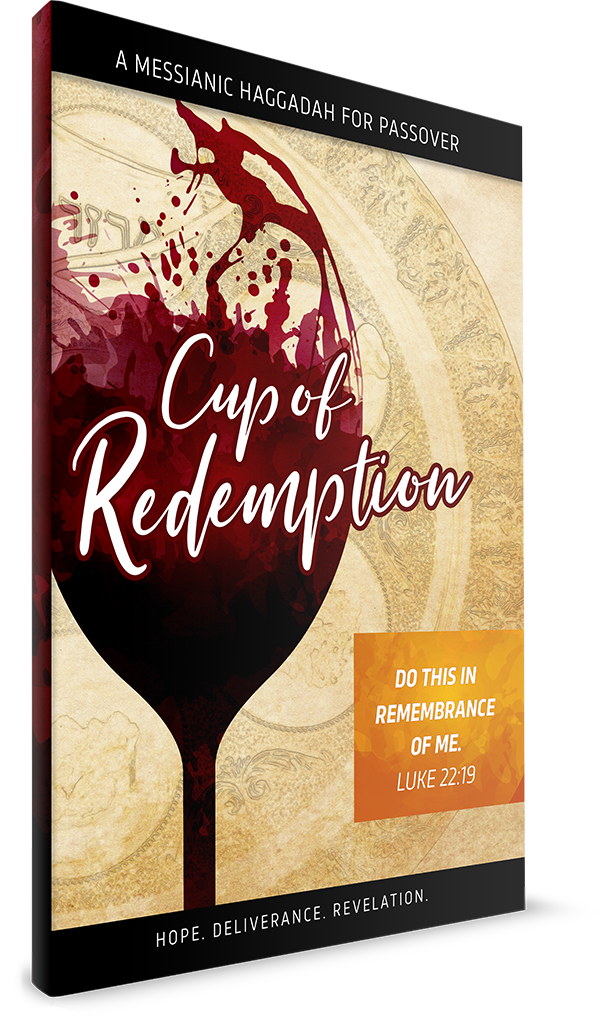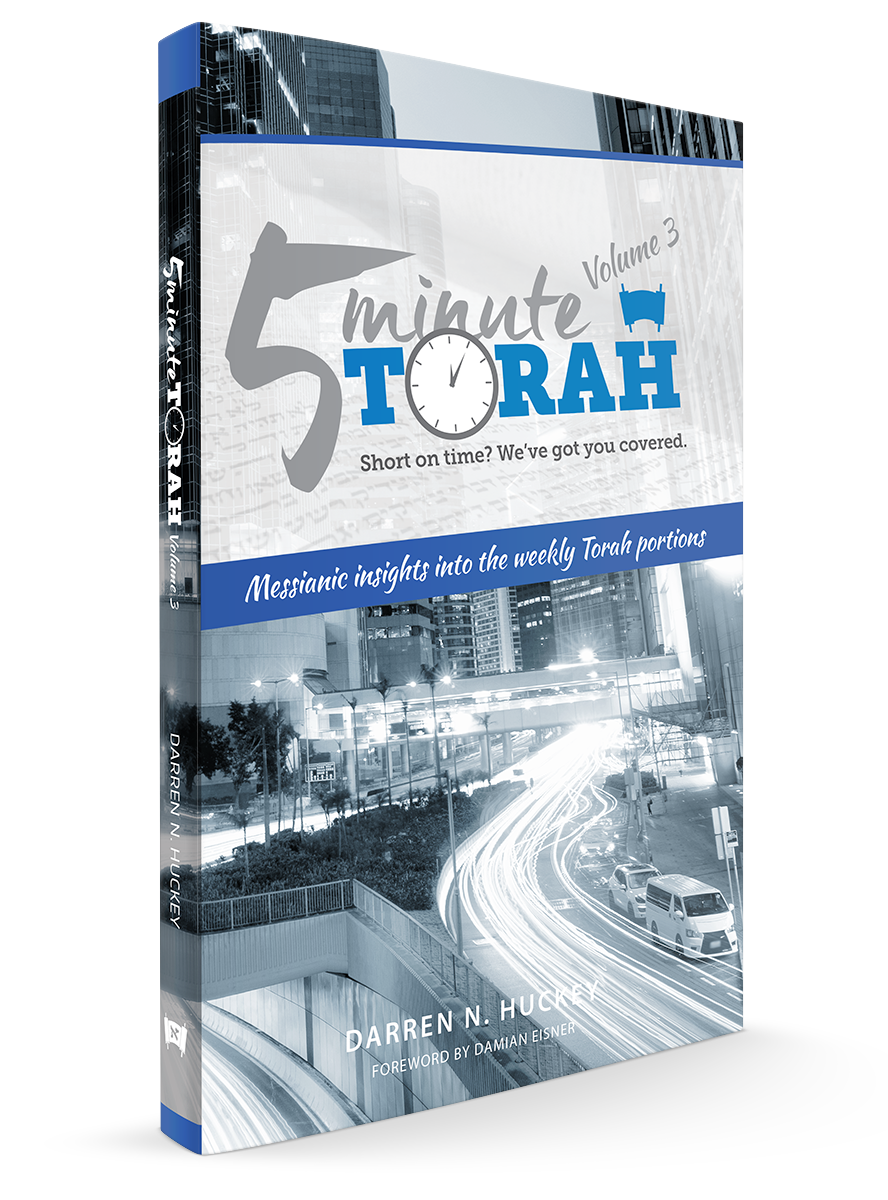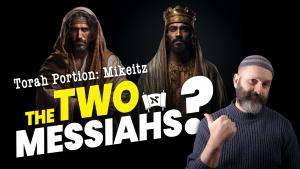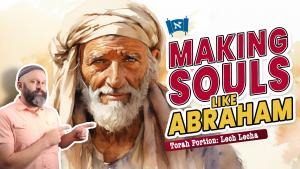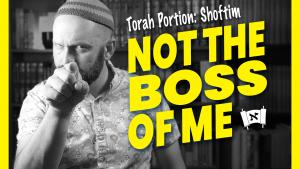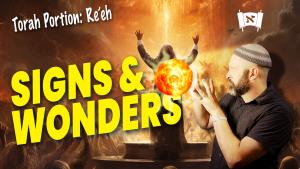Jacob and the Prodigal
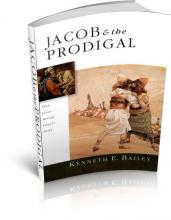
Solomon tells us in Ecclesiastes 1:9, “What has been is what will be, and what has been done is what will be done, and there is nothing new under the sun.” Is it conceivable then that Yeshua repurposes Israel’s story in a new, exciting and relevant way?
Jacob and the Prodigal sets out to prove this very concept. Kenneth Bailey identifies 51 points of congruency between the parable of the prodigal son of Luke 15 and the story of Jacob.
Initially, the book builds the case that the Parable of the Prodigal Son is not a stand alone parable. Because of it’s juxtaposition, the meaning of the Prodigal Son is enhanced by the Parable of the Lost Sheep and the Parable of the Lost Coin.
The Lost Sheep
The nature of the Father is revealed in these 2 additional parables. The Shepherd is discussed in two different roles, bad and good. Ken asks his readers to examine the nature of the lost sheep and how he was able to be lost in the first place. The thought he introduces is that The Master had prophecies in mind such as Ezekiel 34:1-6 which says:
“Son of man, prophesy against the shepherds of Israel; prophesy, and say to them, even to the shepherds, Thus says the Lord GOD: Ah, shepherds of Israel who have been feeding yourselves! Should not shepherds feed the sheep? You eat the fat, you clothe yourselves with the wool, you slaughter the fat ones, but you do not feed the sheep. The weak you have not strengthened, the sick you have not healed, the injured you have not bound up, the strayed you have not brought back, the lost you have not sought, and with force and harshness you have ruled them. So they were scattered, because there was no shepherd, and they became food for all the wild beasts. My sheep were scattered; they wandered over all the mountains and on every high hill. My sheep were scattered over all the face of the earth, with none to search or seek for them.”
Our attention is immediately turned toward the Father and how he fits the responsible, good shepherd. From this we begin to draw parallels in our own mind about the good and compassionate Father of the two sons and how the wayward son begins to fit the image of the one lost sheep. Furthermore, what are we to think about the 99 sheep that are left? Would the fact that they are left in the wilderness and that they are righteous with no need for repentance give us a hint to the son who is at home with the Father?
The Lost Coin
Isaiah 66 reveals the Lord in a different way. The imagery that the prophet uses is one of feminine quality. We find concepts such as labor, giving birth, opening and shutting the womb and nursing the infant. With this in mind, we are asked to turn our attention to the parable in which a woman is used as the main character.
We are posed with the initial question which is, “Why did Yeshua choose to use the woman as an example? Isn’t it possible that a man could have lost the coin?” The actions that are described in locating the coin invoke images of the excellent wife such as the one that is read about in Proverbs 31.
The woman of the house lights the lamps in search for the coin. She thoroughly cleans her house for the lost. And when she locates her prized possession she rejoices not only by herself but brings her family and friends into her home to share in the joy.
We are at this point faced with a perplexing situation. How does this fit into the story of the two sons? The conclusion that Ken makes is that there can only be one metaphor for the Father in which Yeshua elevates in the Parable of the Two Sons: the Father. However, for one to understand the joy that the Lord has for his children and their repentance and redemption we can most correctly appreciate it from the perspective of the joyful woman. We are reminded that in Genesis 1:27 He creates male and female in His image. He bestows His qualities to male and female accordingly.
The Two Sons
The climax of the book is the third and final parable. Yeshua concludes his teaching with a parable that describes two types of sons and their relation to a loving and compassionate father. From here we are encouraged to draw parallels from the story of Jacob, Esau and their father Isaac.
Our author begins to set the stage by breaking down cultural walls. We are admonished to suspend our preconceived notions of the parable and reexamine them from an ancient Hebraic perspective. He paints a picture that encompasses geographical and sociological contexts. Furthermore, he breaks the parable down into a common Hebrew literary device known as Chaistic structure (a literary device in which similar ideas are repeated in reverse order. Ex: a-b-c-c’-b’-a’ a and a’ are similar and so on ) which is consistent with the writings of the Tanach and provides a means for further interpretation.
Our story is broken down to four acts: The Great Rebellion, The Exile, Peace For One Who is Far Off and Peace For One Who Is Near. Each stage is developed comprehensively and brings new and old revelation to the account of the patriarch. Additionally, the titles for our four acts serve as reminders that the “the deeds of the fathers are portents for the children” (Midrash Tanchuma, Lech Lecha). As our Master fashions his teaching he weaves the story of Israel and the condition of the nation and man.


